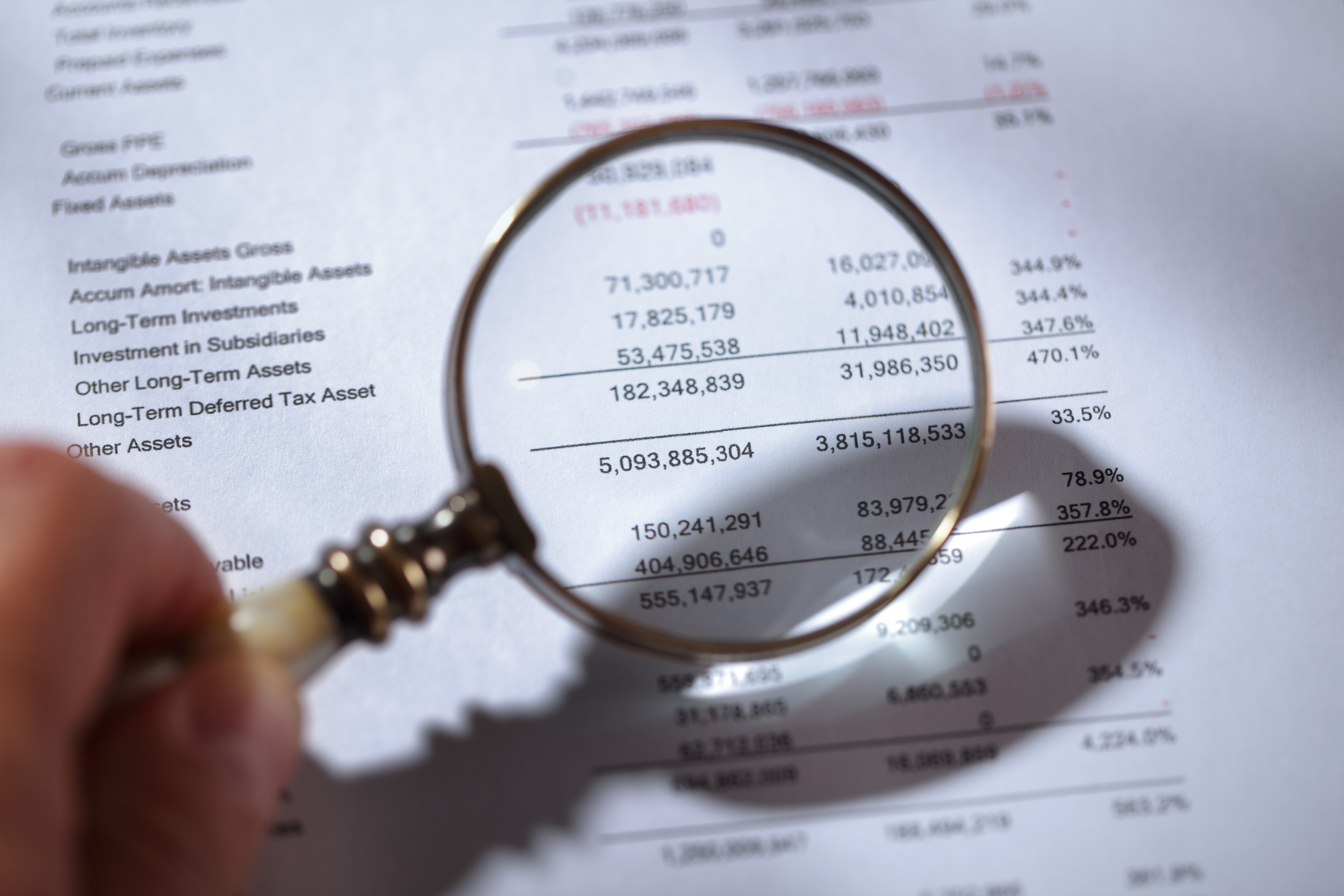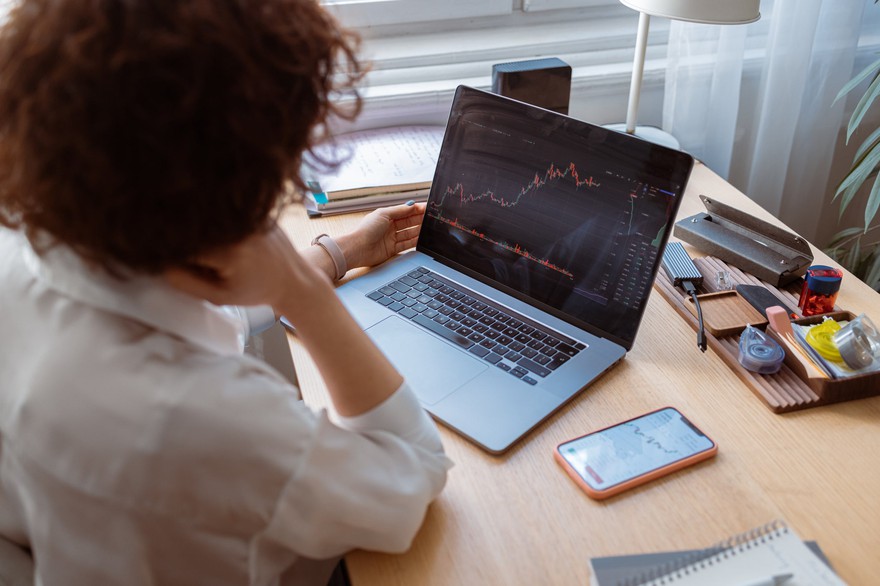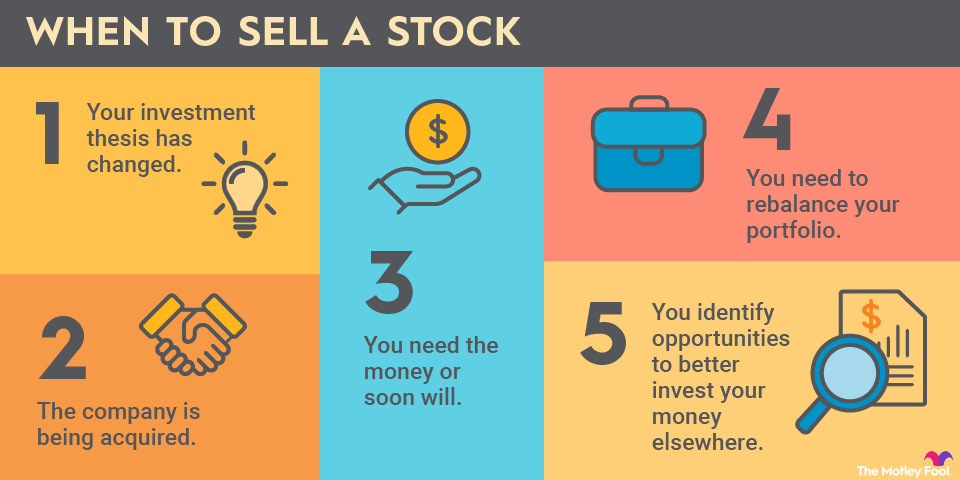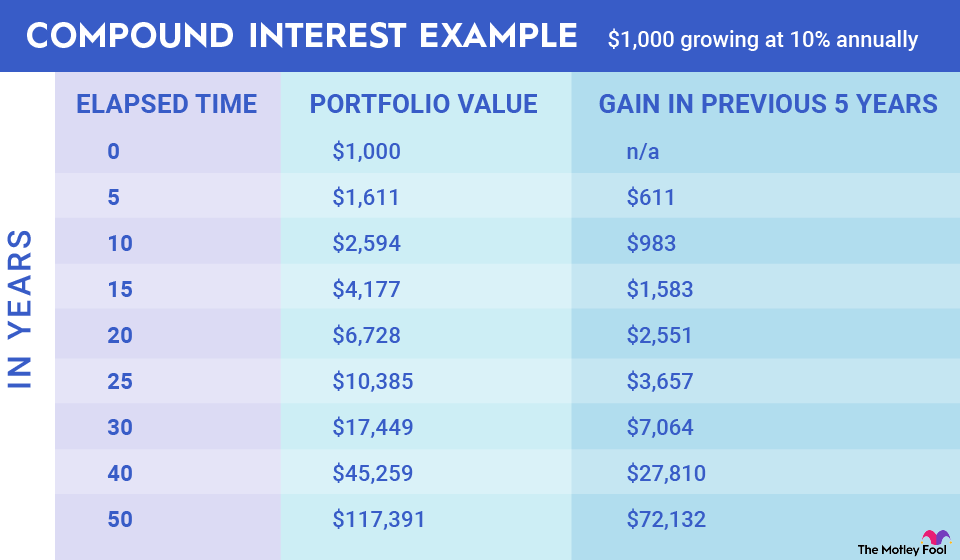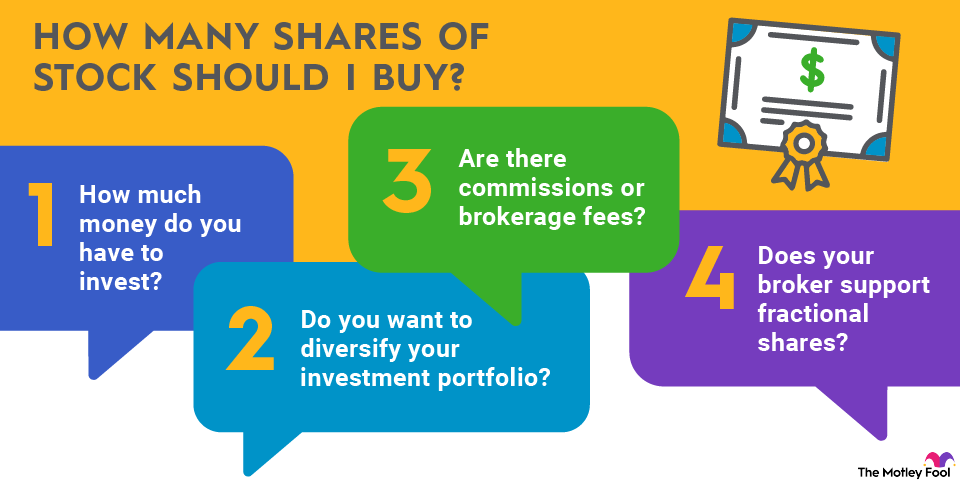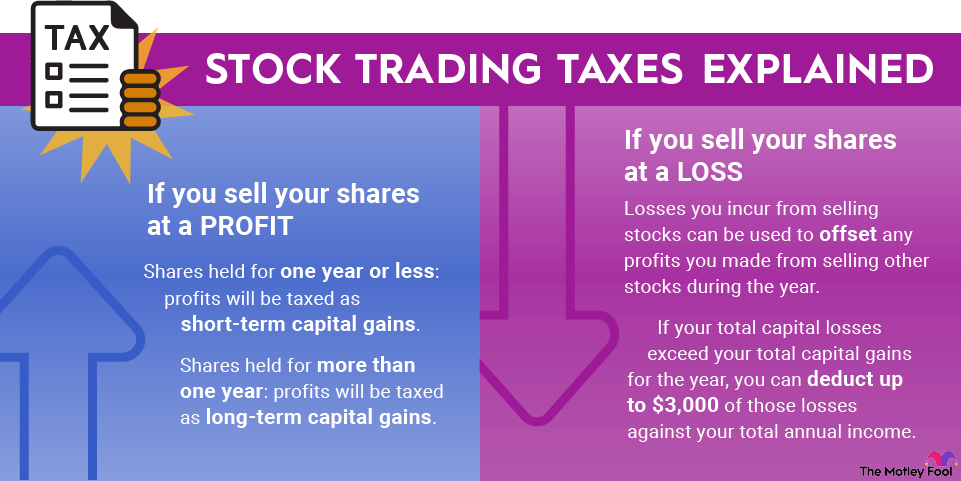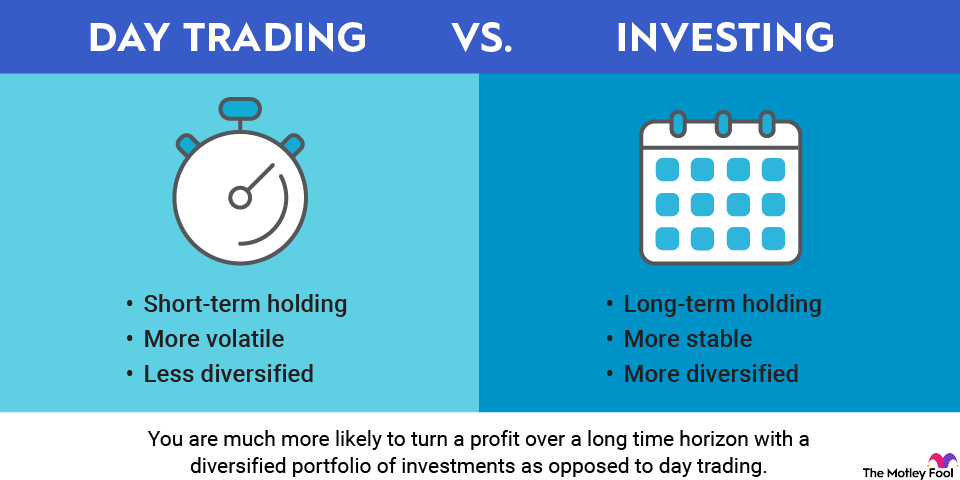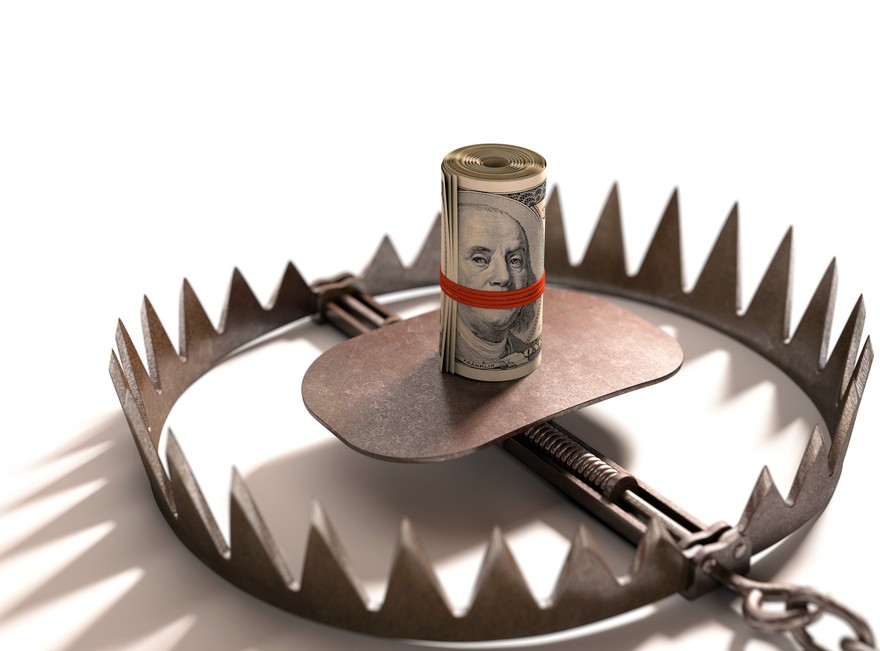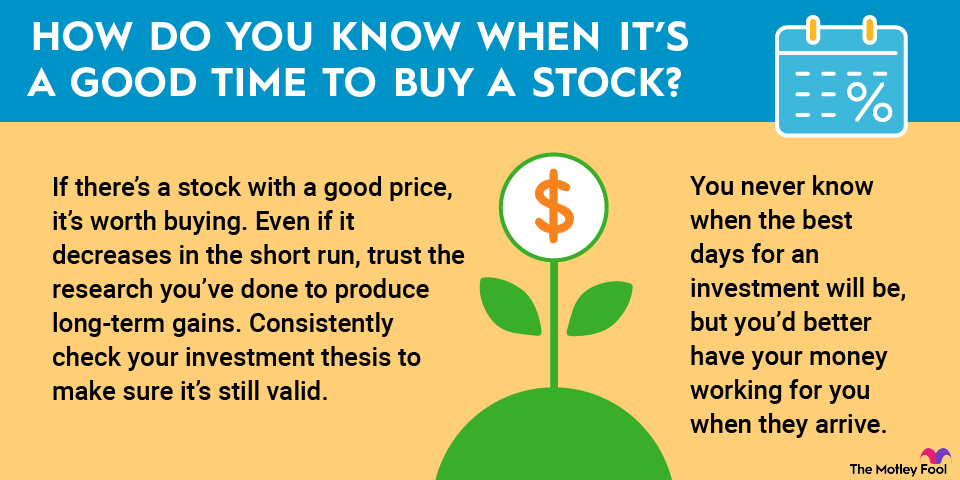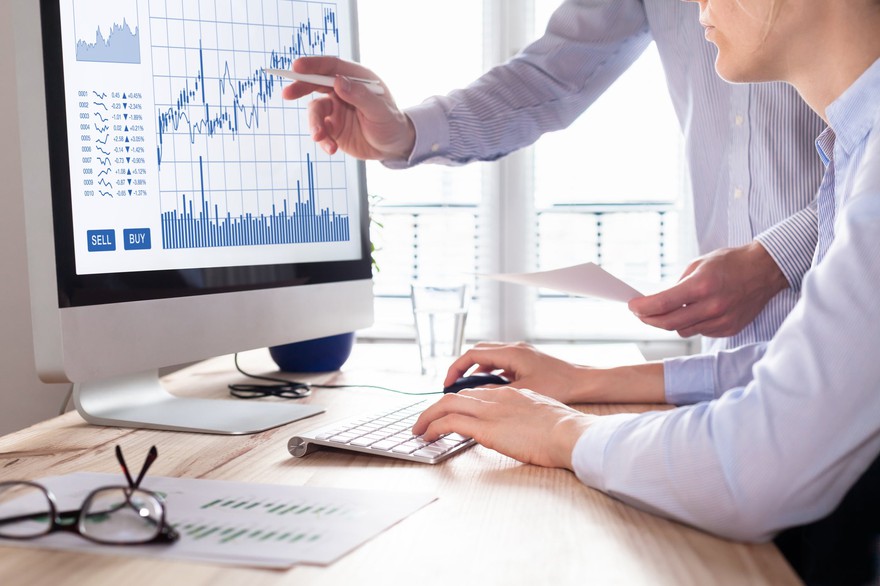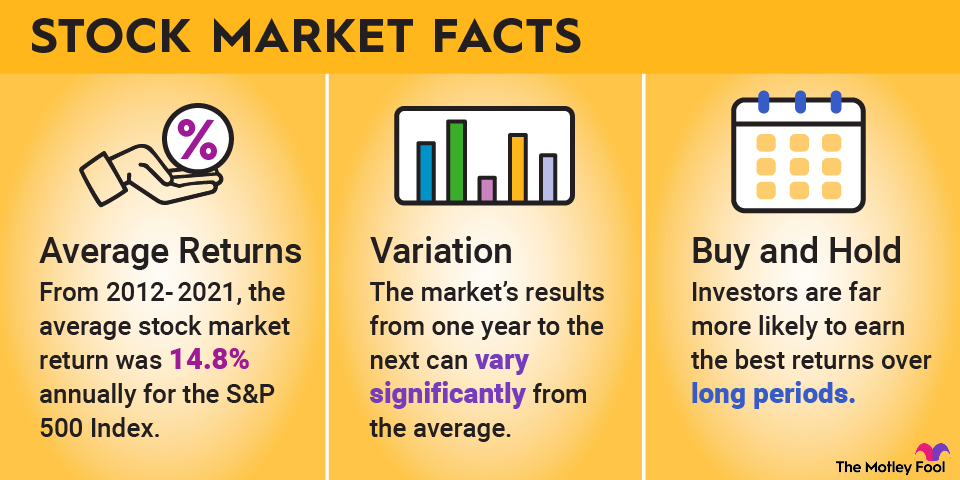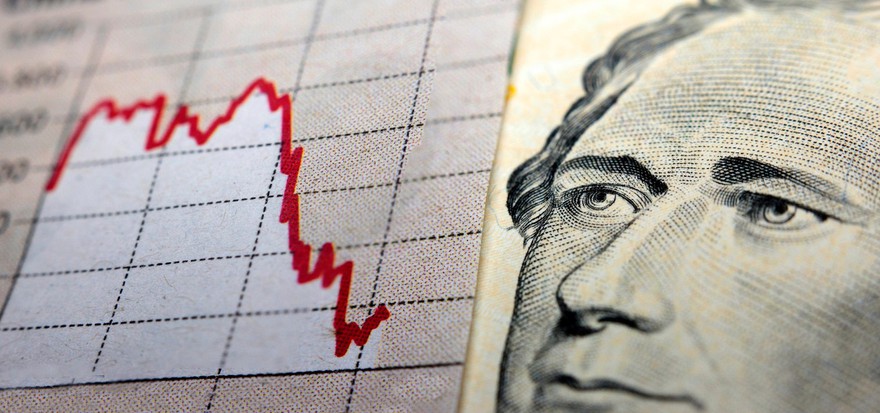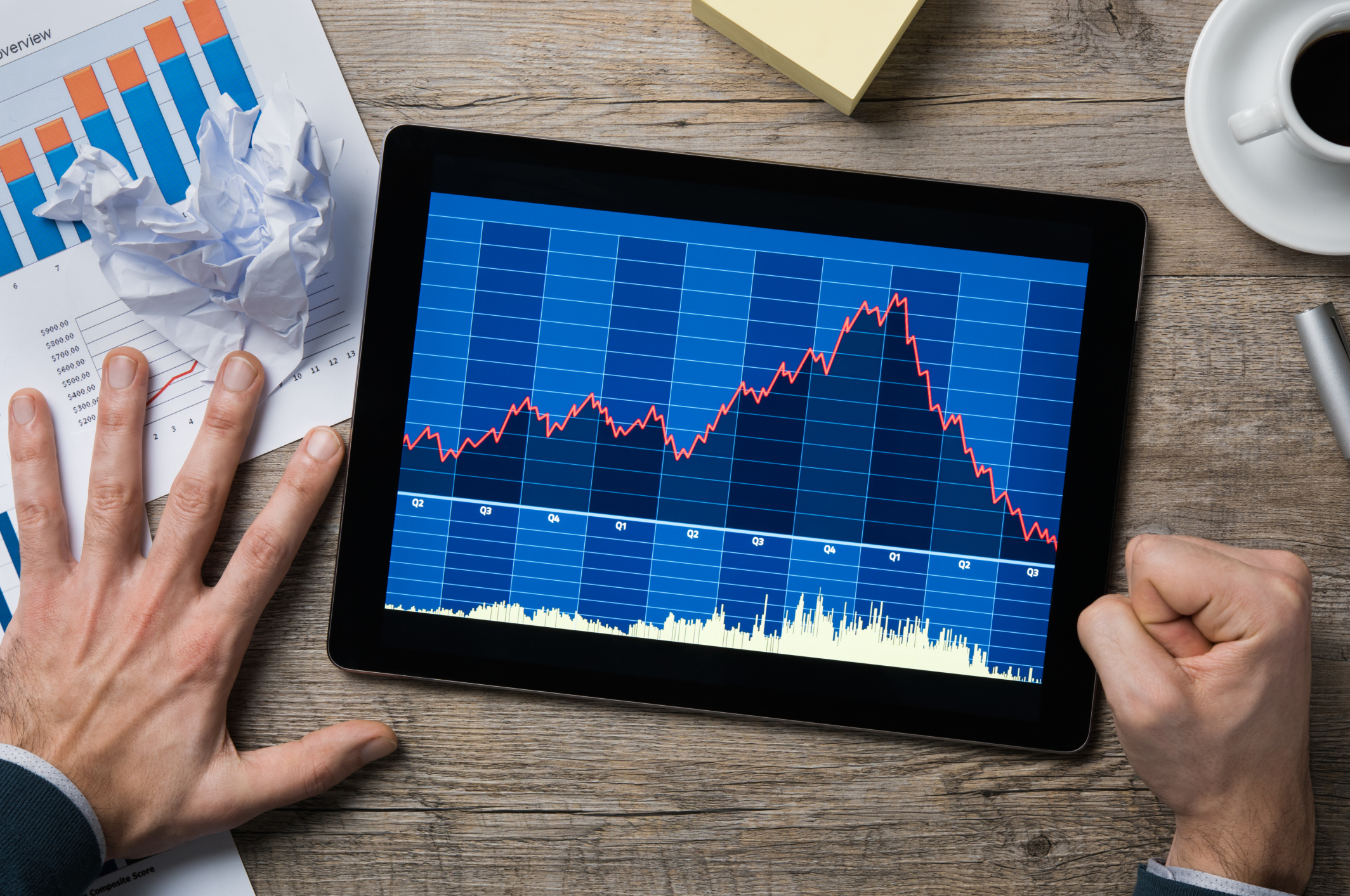Despite its age, Birkenstock believes its best days are ahead. The company thinks every human on the planet could benefit from its footwear, which is designed to encourage proper foot health.
As more people learn about its footwear -- primarily by word-of-mouth from other satisfied customers -- it should continue to grow sales and profitability. The company also has a long history of innovation in creating new products that drive growth.
You might already be one of the many people wearing Birkenstock footwear, which could have you wondering how to invest in its stock. Here's a step-by-step guide on investing in the shoe stock and some factors to consider before adding it to your portfolio.

Stock
How to buy Birkenstock stock
It's easy to buy shares of Birkenstock. Here's a step-by-step guide for adding the footwear company to your portfolio.
- Open your brokerage app: Log in to your brokerage account where you handle your investments. If you don't have one yet, take a look at our favorite brokers and trading platforms to find the right one for you.
- Search for Birkenstock: Enter the ticker "BIRK" into the search bar to bring up the stock's trading page.
- Decide how many shares to buy: Consider your investment goals and how much of your portfolio you want to allocate to this stock.
- Select order type: Choose between a market order to buy at the current price or a limit order to specify the maximum price you're willing to pay.
- Submit your order: Confirm the details and submit your buy order.
- Review your purchase: Check your portfolio to ensure your order was filled as expected and adjust your investment strategy accordingly.
Should you invest in Birkenstock?
It's imperative to research a company before buying its stock. The research process can help increase your belief that a stock can deliver worthwhile returns over the long term. However, it could also cause you to see something about the company that changes your mind about buying shares.
Reasons to consider investing in Birkenstock:
- You're a huge fan of Birkenstock's products.
- You think the company can achieve its financial goals of delivering revenue growth in the mid to high teens, with strong profitability over the long term.
- Buying Birkenstock shares would help diversify your portfolio, including your international exposure.
- You believe the company can achieve its goal of getting its leverage ratio to around 1.5 times.
- You think the company can outperform the S&P 500 over the next three to five years.
- You don't need dividend income right now.
- You're not overly concerned about a potential recession's impact on Birkenstock's growth rate or profit margins.
Reasons to be cautious:
- You don't like the company's products or haven't tried them.
- You already own several other shoe and apparel stocks.
- You're concerned about Birkenstock's debt level and worry that it might struggle to achieve its deleveraging plan.
- You're worried that an economic downturn could slow Birkenstock's sales and pressure its margins.
- You're not convinced Birkenstock can outperform the S&P 500 over the next few years.
- You don't want to own shares of companies with headquarters outside the U.S.
- You're retired or nearing retirement and need investments that produce income.
Is Birkenstock profitable?
Digging into a company's profitability is an important part of an investor's research process. Ideally, you'd want to see a company producing strong profits that rise over time. Profit growth is typically a major driver of a stock's performance over the long haul.
Birkenstock is a profitable company. The shoemaker reported 105 million euros ($123 million) of net profit during the fiscal 2025 second quarter on 574 million euros ($673 million) in revenue. Revenue was up 19% compared to the previous year, while net profit increased by 47%.
The company expects to continue growing its revenue and earnings over the long term. It aims for revenue growth in the mid to high teens while keeping its adjusted gross profit margin above 60% and adjusted earnings before interest, taxes, depreciation, and amortization (EBITDA) margin above 30%.
Birkenstock should also see lower financing costs in the future. It's steadily repaying debt, which should drive down its interest expense. This outlook implies that the company's profitability should continue growing in the future.
Does Birkenstock pay a dividend?
Birkenstock hadn't made dividend payments as of mid-2025. The company is currently retaining almost all its available funds and future earnings to repay debt and finance the development and expansion of its business. The company is returning some cash to investors by repurchasing shares.
How to invest in Birkenstock through ETFs
Many investors prefer to make truly passive investments rather than directly owning stocks they must actively monitor.
Buying an exchange-traded fund (ETF) can be a great way to gain passive exposure in an interesting company without actively owning the stock.
Exchange-Traded Fund (ETF)
Will Birkenstock stock split?
Birkenstock didn't have an upcoming stock split on the calendar as of mid-2025. The company had only completed its IPO in October 2023, pricing its IPO at $46 per share. Shares were right around $50 as of mid-2025, so it seems unlikely that Birkenstock will need to split its stock anytime soon.
The bottom line
Birkenstock is an iconic brand with a bright future. The footwear company plans to grow its revenue at a double-digit clip over the long term while delivering healthy profitability. It also intends to continue reducing its debt. These factors should help create value for its shareholders over the long haul.



